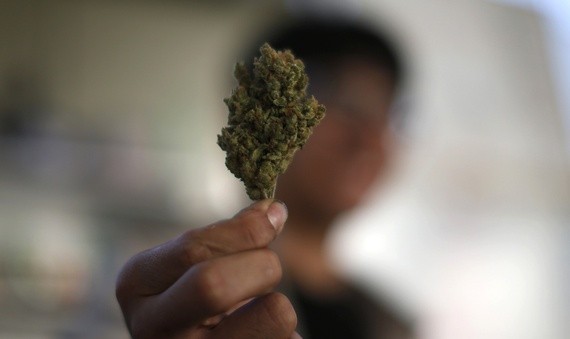The Brazilian Drug Policy Situation: The Public Health Approach Based on Research Undertaken in a Developing Country

Marcelo Ribeiro, MSc, PhD, Luciane Ogata Perrenoud, Sérgio Duailibi, MD, PhD, Lígia Bonacim Duailibi, MSc, Clarice Madruga, MSc, PhD, Ana Cecília Petta Roseli Marques, MD, PhD, Ronaldo Laranjeira, MD, PhD

(foto: Lucy Nicholson/Reuters)
Brazil is a continent-sized country with nearly 191 million inhabitants. The country is one of the five members of the BRICS group
(Brazil, Russia, India, China and South Africa), and has the seventh largest Gross Domestic Product (GDP) in the world, amounting to approximately USD $2.252 trillion. Over the past three decades, the Human Development Index (HDI) in Brazil increased from 0.522 to 0.730 (20%).
However, the country still struggles with great structural problems, as well as deep social and regional inequality (Figure 2): while the HDI in the South and Southeast Regions is similar to that of Portugal (mean = 0.85), the HDI in some states in the North and Northeast is approximately 0.7, comparable to that of countries such as Indonesia and Botswana. Almost half the Gross National Product is produced by two states in the country (São Paulo and Rio de Janeiro). Nevertheless, the HDI reported by Caucasians in those two states is among the 40 highest in the world, while the HDI of the Black population from the same area is only among the 70 highest.
acesse: 00_Ribeiro_etal.pdf

